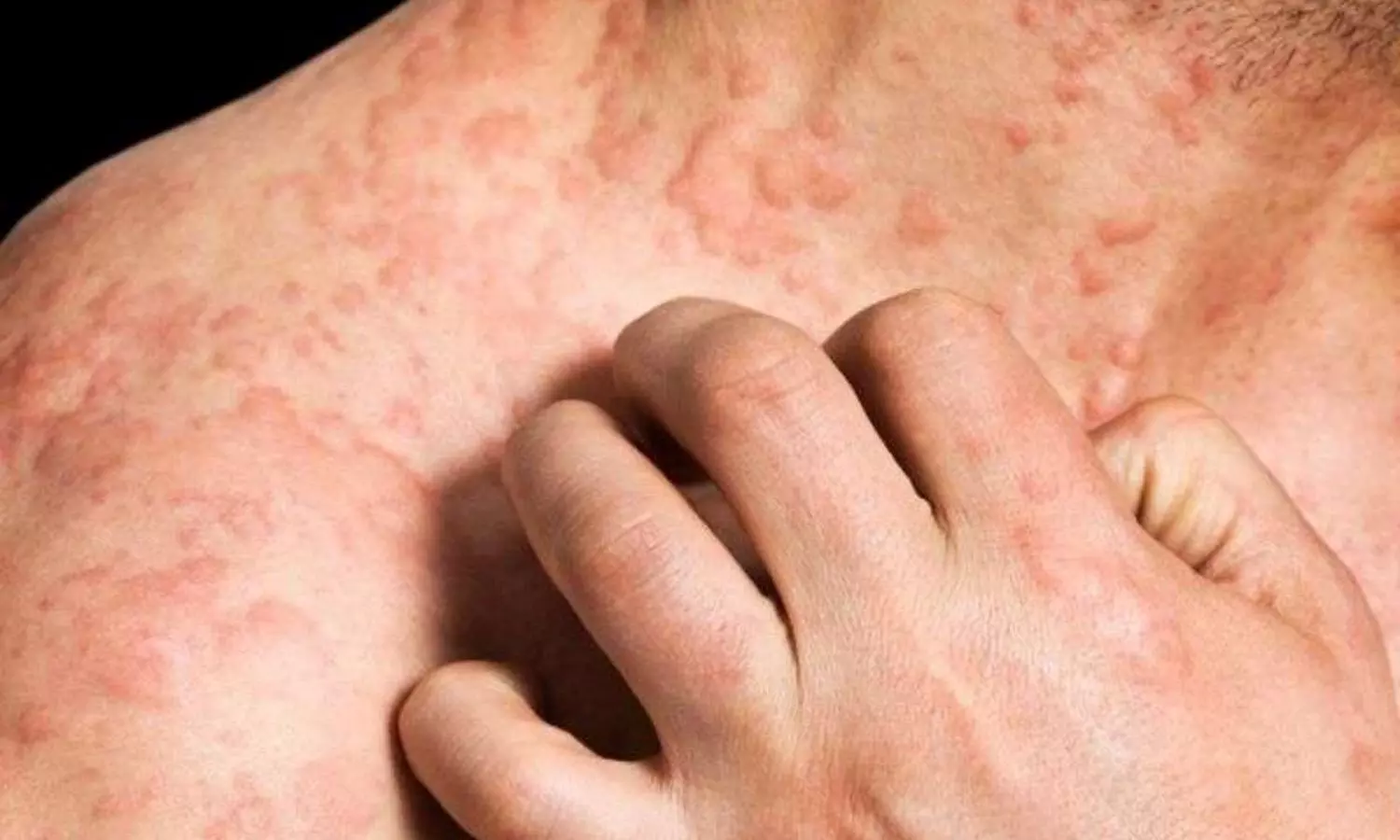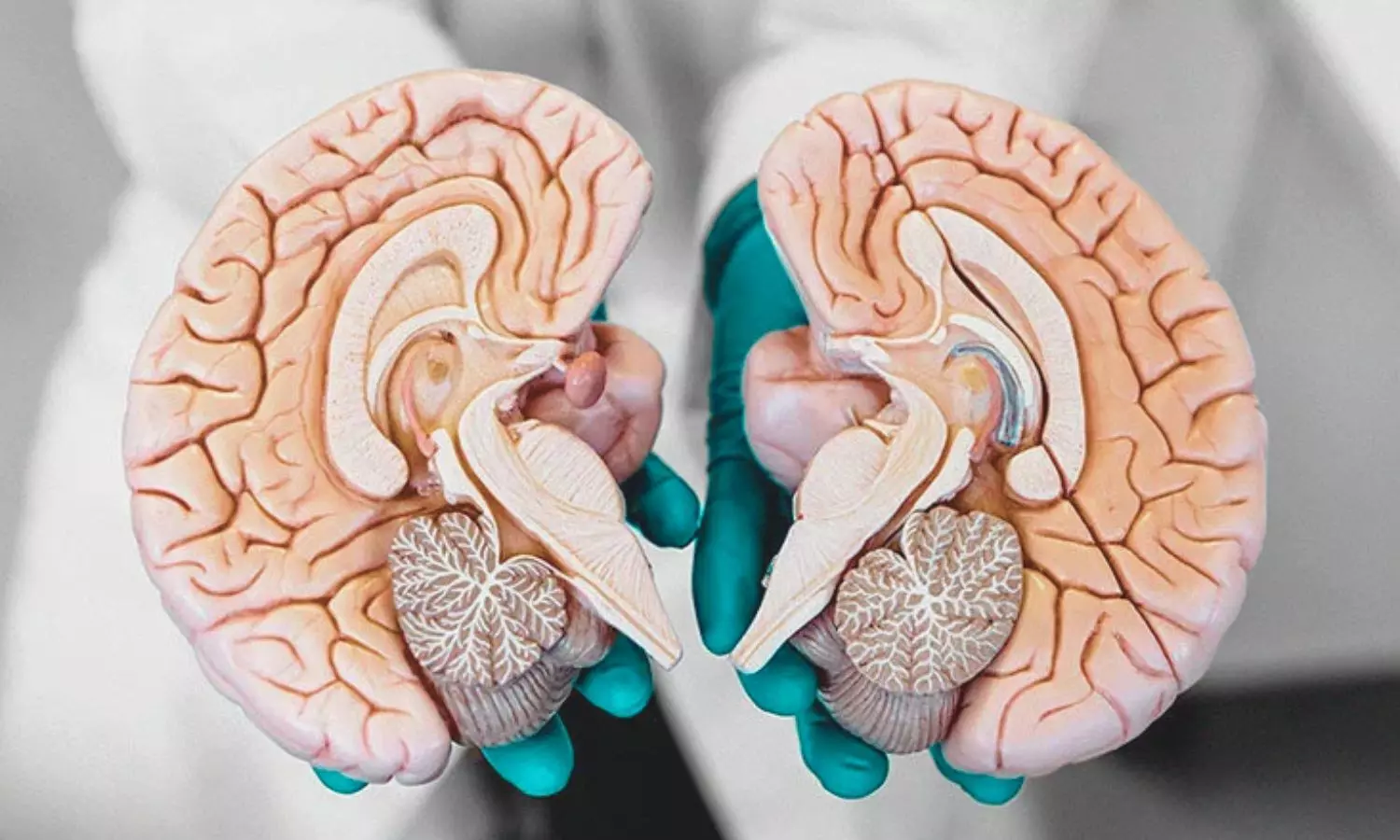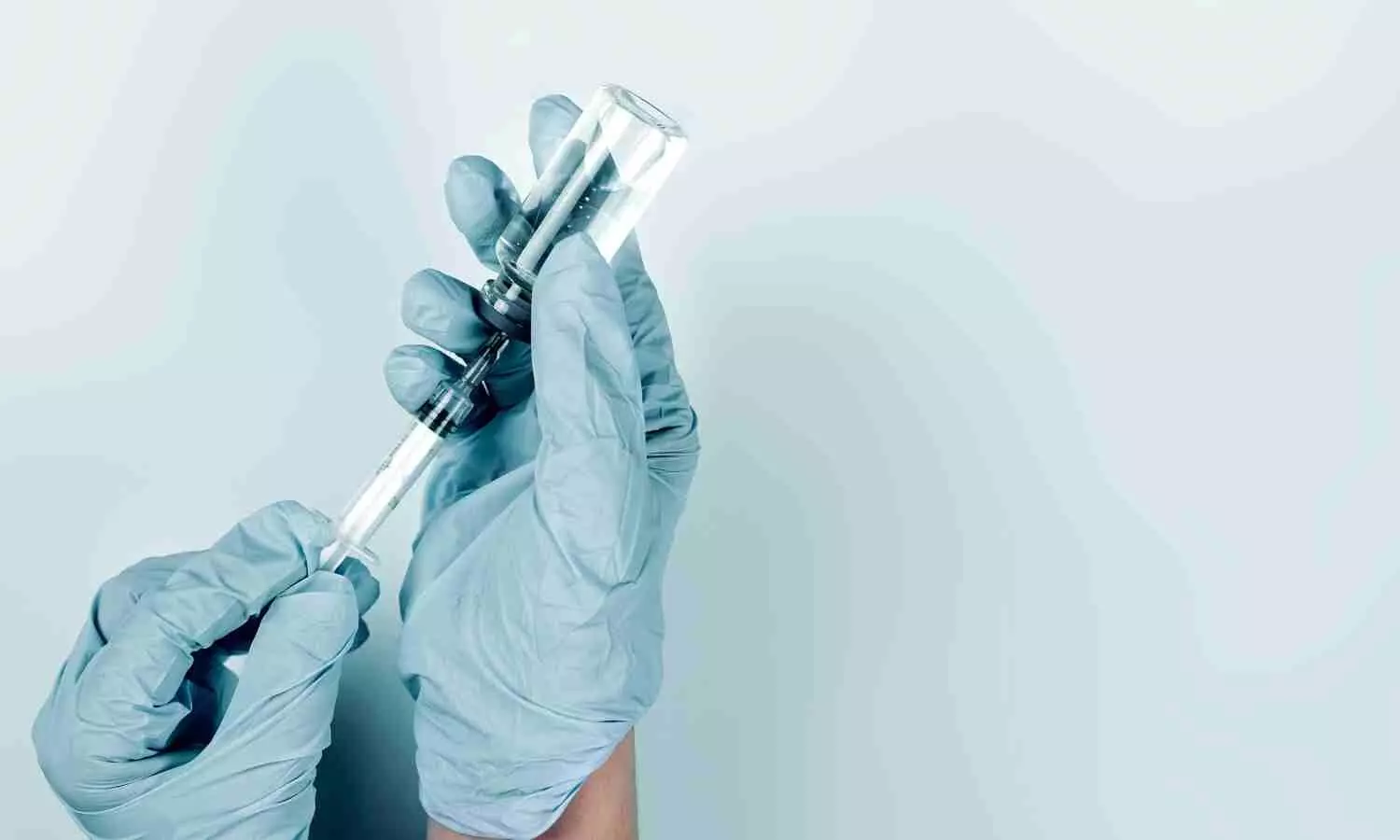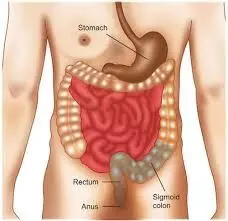Rilzabrutinib effective and safe against chronic spontaneous urticaria, finds study

A recent study published in the Journal of Allergy and Clinical Immunology unveiled promising results from a Phase 2 study evaluating the efficacy and safety of rilzabrutinib (SAR444671) in addressing Chronic Spontaneous Urticaria (CSU). CSU is a distressing skin condition often resistant to conventional treatments, is characterized by recurring hives and intense itching, significantly impacting quality of life of the patients.
The RILECSU study encompassed a 52-week investigation involving adults with moderate-to-severe CSU that is inadequately managed by H1 antihistamine treatment alone. The study comprised a 12-week randomized, double-blind, placebo-controlled, dose-ranging phase that was succeeded by a 40-week open-label extension period.
The participants (N=160) were randomly assigned to receive rilzabrutinib at varying doses or a matching placebo. The individuals who were administered with rilzabrutinib at 400mg three times a day (TID) demonstrated significant improvements when compared to the placebo group. A marked reduction in weekly Itch Severity Score (ISS7) and Urticaria Activity Score (UAS7) was observed as early as Week 1, with sustained efficacy through Week 12.
Also, rilzabrutinib expressed a favorable safety profile, with adverse events that ranged from headache, nausea to diarrhea occurring at a higher frequency but remaining manageable. These findings highlight the potential of rilzabrutinib as a promising therapeutic option for the individuals with the debilitating effects of CSU.
This study emphasized the significance of rilzabrutinib’s rapid onset and tolerability in addressing the unmet needs of CSU patients. The results pave the way for further exploration into the efficacy of rilzabrutinib across diverse patient populations and reinforce the importance of continued research in advancing treatment modalities for chronic skin diseases.
Source:
Maurer, M., Gimenez-Arnau, A., Ferrucci, S., Mikol, V., Sun, I., Mannent, L., & Gereige, J. (2024). Efficacy and Safety of Rilzabrutinib in Patients With Chronic Spontaneous Urticaria: 12-Week Results From the RILECSU Phase 2 Dose-Ranging Study. In Journal of Allergy and Clinical Immunology (Vol. 153, Issue 2, p. AB373). Elsevier BV. https://doi.org/10.1016/j.jaci.2023.11.893
Powered by WPeMatico









